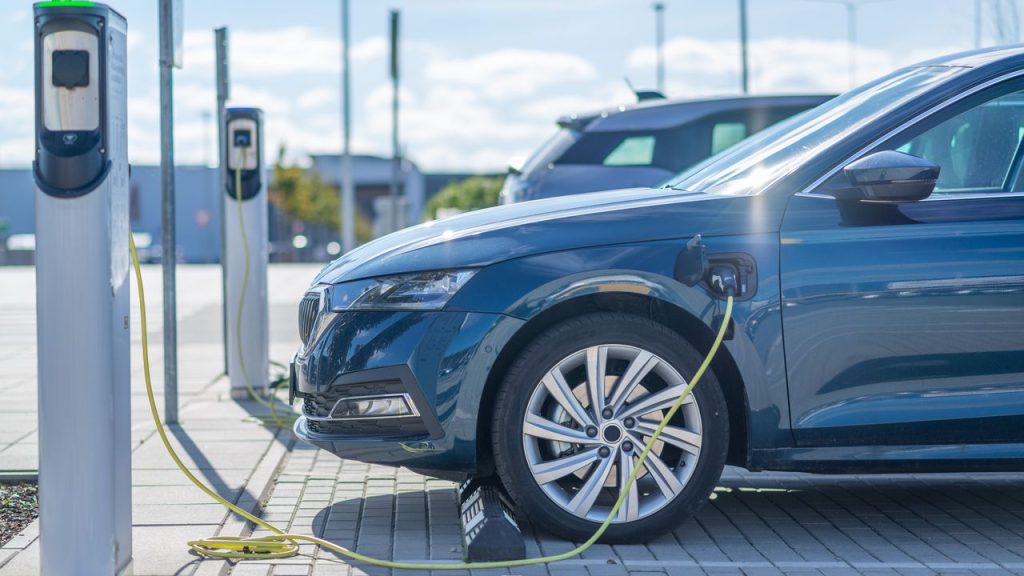EV Charging Station Billing and Payments: Making the Connection
Electric vehicles (EVs) are gaining popularity as a greener alternative to traditional gasoline-powered cars. As more people make the switch to EVs, the demand for charging stations continues to grow. However, one aspect of EV charging that often gets overlooked is the billing and payment process. In this article, we will explore the importance of charging station payment reconciliation, different pricing models, and the role of payment APIs in streamlining the process.
The Challenge of Charging Station Payment Reconciliation
Charging station operators face a significant challenge when it comes to payment reconciliation. With multiple charging sessions happening simultaneously, it can be a daunting task to keep track of each transaction and ensure that the payments are accurately recorded. This is where charging station payment reconciliation comes into play.
Payment reconciliation involves matching the charging session data with the corresponding payment information. By reconciling these two sets of data, charging station operators can ensure that they are receiving the correct payments for the services provided. This process not only helps in maintaining accurate financial records but also builds trust with EV owners.
Different Pricing Models for Charging Stations
When it comes to pricing models, charging station operators have several options to choose from. Let’s take a look at some of the most common pricing models:
- Flat Rate: This model charges a fixed rate per charging session, regardless of the duration or amount of energy consumed. It provides simplicity for both the charging station operator and the EV owner.
- Time-Based: In this model, the charging station operator charges a fee based on the duration of the charging session. This pricing model is suitable for locations where EV owners are expected to charge their vehicles for longer periods.
- Energy-Based: Charging stations using this model charge based on the amount of energy consumed during the charging session. It provides a fair and transparent way of pricing, as EV owners pay for the actual energy they use.
- Membership/Subscription: Some charging stations offer membership or subscription-based pricing, where EV owners pay a monthly or annual fee to access the charging services. This model is popular among frequent EV users.
The Role of Charging Station Payment APIs
Payment APIs (Application Programming Interfaces) play a crucial role in facilitating seamless transactions between EV owners and charging station operators. These APIs enable the integration of payment systems with the charging infrastructure, making it easier for EV owners to pay for their charging sessions.
By leveraging charging station payment APIs, operators can offer a variety of payment options, such as credit/debit cards, mobile wallets, or even prepaid accounts. This flexibility allows EV owners to choose the payment method that suits them best, enhancing the overall user experience.
Furthermore, payment APIs enable real-time transaction processing, ensuring that payments are authorized and completed instantly. This eliminates the need for manual intervention and reduces the chances of errors or delays in the payment reconciliation process.
In Conclusion
As the adoption of electric vehicles continues to rise, it is essential for charging station operators to establish a robust billing and payment system. Charging station payment reconciliation, different pricing models, and the integration of payment APIs are all key components in ensuring a smooth and efficient charging experience for EV owners. By addressing these aspects, charging station operators can contribute to the growth of the EV ecosystem and encourage more people to make the switch to electric vehicles.


